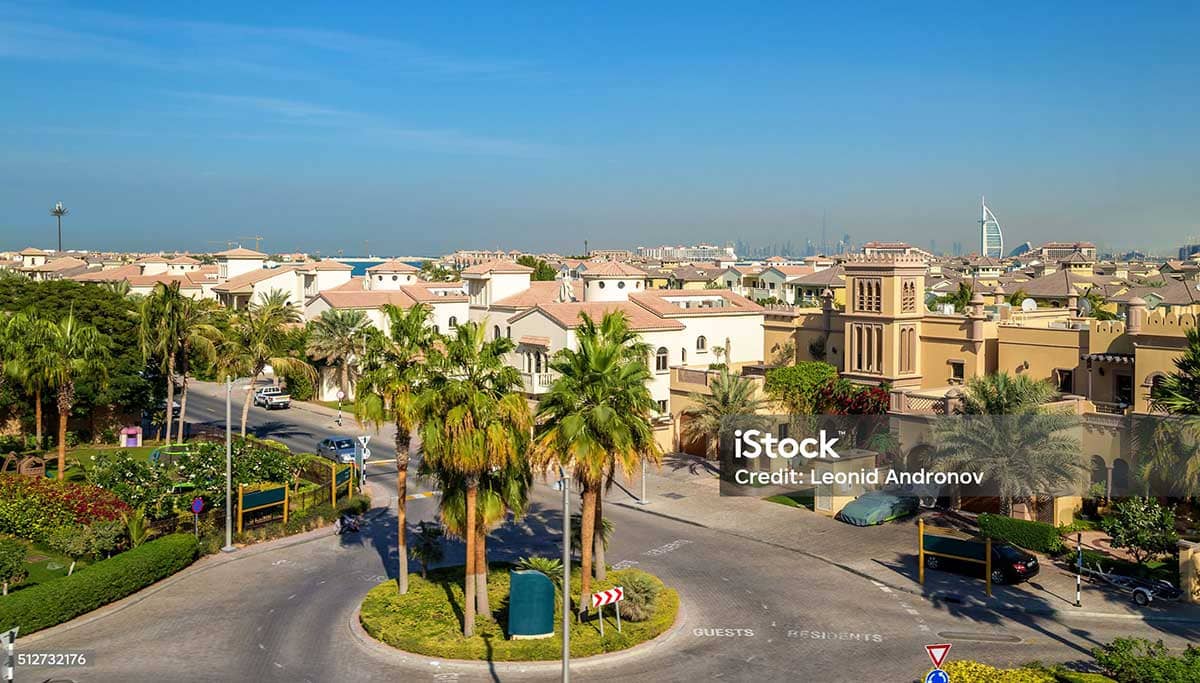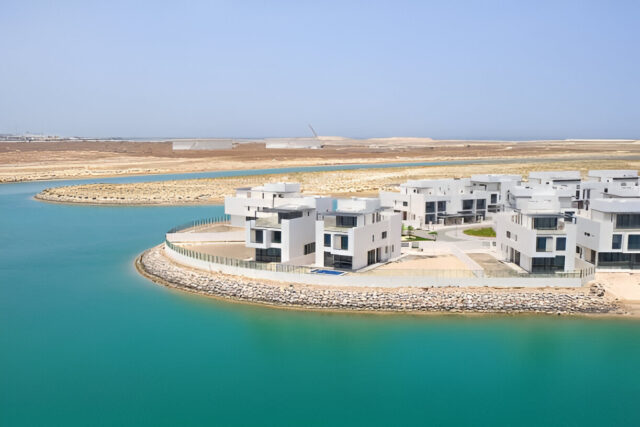
The UAE’s real estate market is thriving, offering landlords excellent opportunities for rental income. Whether you own an apartment in Dubai Marina, a villa in Abu Dhabi, or a commercial space in Sharjah, renting out your property requires careful planning and adherence to local regulations. This Landlord’s Guide will walk you through the essential steps, from preparing your property and setting the right rental price to understanding tenant rights and handling disputes.
Understanding the UAE Rental Market
The UAE’s rental market varies by emirate, location, and property type. Cities like Dubai and Abu Dhabi attract expatriates and businesses, ensuring high rental demand. In Dubai, areas like Downtown Dubai, Palm Jumeirah, and Business Bay cater to luxury tenants, while Jumeirah Village Circle (JVC), Dubai Silicon Oasis, and Al Nahda offer more affordable rental options.
In Abu Dhabi, Al Reem Island, Saadiyat Island, and Khalifa City are popular among tenants. Rental yields in the UAE range between 5-8% annually, making it a lucrative investment. However, to maximize your rental income, it is crucial to set competitive pricing, comply with legal requirements, and maintain a good relationship with tenants.
Step 1: Prepare Your Property
Before listing your property for rent, ensure it is clean, well-maintained, and visually appealing to potential tenants. If your property is furnished, make sure the furniture is in good condition, and consider making necessary repairs or renovations. A fresh coat of paint, fixing any leaks, and a deep cleaning can significantly enhance your property’s appeal. Preparing the property properly helps justify a higher rental price and reduces vacancy periods.
Step 2: Set the Right Rental Price
Pricing your property correctly is essential for attracting tenants while maximizing your rental income. Research comparable properties in your area and check platforms like Bayut and Property Finder to get an idea of the going rates. In Dubai, refer to the RERA Rental Index, which provides guidelines on rent increases and sets limits to avoid overpricing. By ensuring the price is competitive within your market, you are more likely to secure tenants quickly and avoid long vacancies.
Step 3: Work with a RERA-Certified Real Estate Agent
If you are unfamiliar with the local market or don’t have the time to handle the process, working with a RERA-certified real estate agent is a smart choice. A licensed agent will help set an appropriate rental price, market your property effectively, screen potential tenants, and manage legal paperwork. An agent will also handle the Ejari registration process in Dubai or Tawtheeq in Abu Dhabi, making the entire process smoother.
Step 4: Market Your Property
Once your property is ready and priced correctly, effective marketing is crucial for attracting potential tenants. List your property on popular UAE real estate platforms, such as Bayut, Property Finder, and Dubizzle. High-quality photographs and an accurate, detailed description of the property—highlighting key features such as amenities, location benefits, and property type—can make a significant difference in attracting interest. Be sure to mention any special features like balconies, parking spaces, gym access, or swimming pools, as these are often highly sought after by tenants.
Step 5: Screen Potential Tenants
Tenant screening is a vital part of the rental process. Always verify the potential tenant’s employment details, visa status, and rental history. This helps ensure they can afford the rent and have a good record of making timely payments. Landlords typically request documents such as bank statements, salary certificates, and references from previous landlords to assess the tenant’s financial stability and responsibility.
Step 6: Draft a Tenancy Contract
Once you’ve selected a tenant, the next step is to draft a tenancy agreement. This legally binding contract should be comprehensive and include essential details such as the rental amount, payment terms, and lease duration. The contract should also clarify responsibilities regarding maintenance, utility payments, and the procedure for rent increases. In Dubai, the contract must comply with RERA guidelines, and both parties should sign the agreement before the tenant moves in.
Step 7: Register the Lease with Ejari or Tawtheeq
In Dubai, all rental contracts must be registered with Ejari, which ensures the contract is legally recognized and protects both parties. In Abu Dhabi, the lease must be registered with Tawtheeq. The registration process makes the tenancy official and is required for utility connections such as water, electricity, and gas. It is important to complete this step promptly to ensure the tenancy is fully legal.
Step 8: Collect Rent & Security Deposit
When renting out a property, the collection of rent and a security deposit is standard practice. In most cases, tenants pay rent via post-dated cheques or bank transfers. A security deposit, which is usually 5% for unfurnished properties and 10% for furnished ones, should be collected upfront. This deposit serves as a safeguard for the landlord in case of property damage or unpaid rent and should be refunded at the end of the lease, assuming there is no damage beyond normal wear and tear.
Understanding Landlord Rights and Responsibilities
As a landlord in the UAE, you have the right to receive timely rent payments and terminate the lease if the tenant breaches the terms of the contract. You also have the right to evict tenants with valid reasons, such as non-payment or property sale, following 12 months’ notice. Additionally, you can increase rent based on the RERA Rental Index or other municipal regulations.
However, landlords also have certain responsibilities, including ensuring the property is habitable and well-maintained, properly registering the tenancy contract, and handling any major repairs. You are also required to return the security deposit at the end of the lease, provided the tenant has complied with the terms.
Common Challenges & How to Handle Them
Landlords may face several challenges, such as late rent payments, property damage, unauthorized subletting, or tenant disputes. In case of late rent payments, landlords have the right to send notices and pursue legal action if needed. For property damage, the security deposit can be used for repairs, but proper documentation is necessary. Unauthorized subletting or tenant disputes should be addressed by reviewing the lease terms and involving the Rental Dispute Settlement Center if needed.
Conclusion
Renting out property in the UAE can be a rewarding experience when done correctly. By following these steps, understanding local regulations, and maintaining a professional relationship with tenants, landlords can maximize rental income and avoid common pitfalls. Whether it’s setting the right price, ensuring timely payments, or maintaining the property, being a proactive and responsible landlord will ensure the success of your rental venture.
Start your journey today and be part of a city that’s shaping the future by contacting UAE Property Pros today.





Leave a Reply